© 2007, by sirhemlock@gmail.com. All rights reserved
“The building of this tower (temple) highly offended the gods. In a night they (threw down) what man had built, and impeded their progress. They were scattered abroad, and their speech was strange” -Tower of Babel and Confusion of Tongues: a Sumerian Version
“Now the whole world had one language and a common speech. As men moved eastward, they found a plain in Shinar [Sumer], and settled there. They said to each other, ‘Come, let us make bricks and bake them thoroughly.’ They used brick instead of stone, and tar for mortar. Then they said, ‘Come, let us build ourselves a city, with a tower that reaches to the heavens, so that we may make a name for ourselves and not be scattered over the face of the whole earth’” -Genesis 11:1-4
”Come, let us go down and confuse their language so they will not understand one another” -Genesis 11:1-4

Fig. 1 Escher's Conception of the Tower of Babel
The story of the Tower of Babel at first sounds imponderable to many ears, but not to the informed. In fact this story fits our best knowledge of earth’s earliest civilizations like a well-tailored glove. No longer is it possible for scholars to smugly dismiss these stories as mythological simply because of their unusual nature.
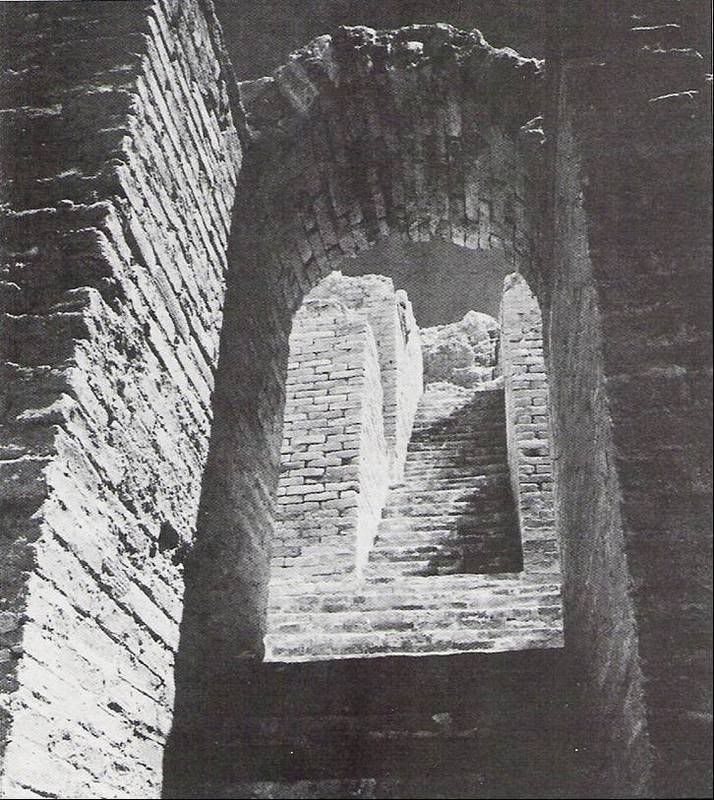
Fig. 2 Ascent to the Ziggurat at Nippur
TELLING SIMILARITIES
In the land of the Bible, the ancients built most of their cities around sacred towers with uncanny similarities to what we find in the Biblical Tower of Babel narrative; these sacred towers are referred to as ziggurats. These massive structures first appear during the Uruk period (3500-3100 BC) in Mesopotamia (literally "the land between two rivers," also referred to as the "Cradle of Civilization," or commonly "land of the Bible"). It is in this land, explicitly, where the earliest events in Genesis take place. From Babylonia to Assyria, most Mesopotamian cities had a centralized tower.
A growing number of Bible scholars and commentators, including most Evangelicals, believe the tower of Babel, described in Genesis 11, was almost certainly a ziggurat. Why? (1) Gen 11 uses typical ziggurat terminology like (this point will be expanded below). (2) Bitumen mortar and baked clay-brick construction of ziggurats is precisely the same as the materials and methods indicated in the Bible (Gen 11:3a: "let us make bricks and burn them thoroughly" and Gen 11:3b "And they used brick for stone, and they used tar for mortar" very precisely reflects Sumerian building practices in the Tigris-Euphrates river valley where the first civilizations were, where there is virtually no stone, but clay was some forty feet thick). (3) Gen 11 “plains of Shinar” (SNR) is identified philologically as Sumer (SMR); the plains of Shinar/Sumer are between the Tigris and Euphrates rivers. (4) Sumer also has narratives of the confusion of tongues and the destruction of a great tower. (5) Modern research has clearly demonstrated that the earliest civilizations and ancient languages actually developed in the general area of Mesopotamia, the plain of Shinar.
A TOWER THAT REACHES UNTO THE HEAVENS (cf. Ancient Mesopotamian Religion and Constellation Worship)
That the ziggurat symbolized the connecting link between heaven and earth is quite clear from cuneiform descriptions and reliefs. The biblical language describing "a tower that reaches to the heavens" is quite typical in comparison to the language used to describe the ziggurats (e.g. "Temple of the Stairway to Pure Heaven" (Sippar); "House binding Heaven and Earth" (Nippur); "Temple Linking Heaven and Earth" (Larsa); "Temple of the Foundation Platform of Heaven and Earth" (Babylon, also used of the Dilbat ziggurat); and so on). Mesopotamian ziggurats were typically given names demonstrating that they were intended to serve as "staircases" or "binding" locations between earth and heaven. So we see that a narrative about a tower whose top reached into the heavens fits the times quite well.
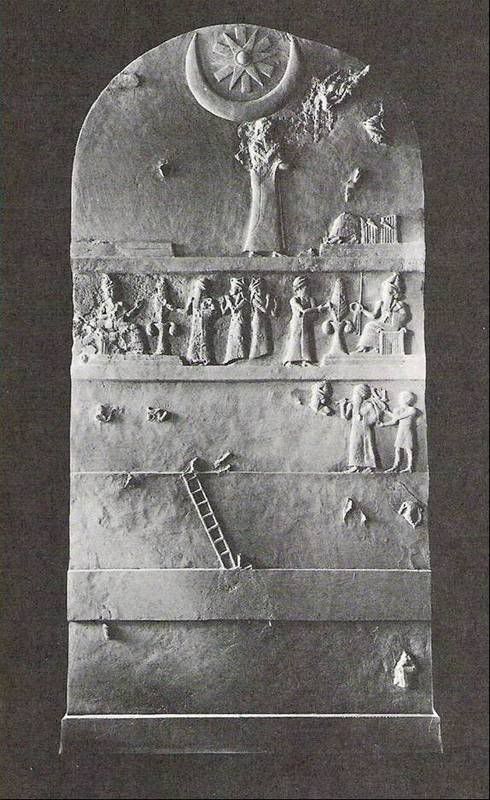
Fig. 3 Ur Nammu Atop the Ziggurat at Ur: "a Tower Unto the Heavens"
Further evidence relates a story of King Ur-Nammu of the Third Dynasty of Ur (2044 to 2007 BC) on a 5 x10' stele (see Fig. 3 above). He received orders from his god and goddess to build the ziggurat The stele is nearly five feet across and ten feet high. At the top, the king stands in an attitude of prayer. Above his head is the symbol of the moon god Nannar, and to the right are figures of angels with vases from which flow the streams of life (this is the earliest known artistic figures of angels). The panels show the king setting out with compass, pick and trowel, and mortar baskets to begin construction. One panel contains just a single ladder used as the structure was rising. The reverse side depicts a commemorative feast.
We have already seen that the baking of bricks forms a significant and accurate portrayal of building practices in the Bible. ”Kiln-fired bricks are first noted during the late Uruk period and become more common in the Jamdet Nasr period toward the end of the fourth millennium (Finegan, J., Archaeological History of the Ancient Near East (Boulder CO: Westview, 1979), p. 8; cf. Singer, C., The History of Technology (Oxford: Clarendon). Bitumen is the usual mortar used with kiln-fired bricks. By contrast, the later building technology of Israel/Palestine used a mud mortar. Bitumen of any kind was very expensive in Israel (Forbes 1955: 4-22) though it was standard in the earlier Mesopotamian period. The Biblical description of the building materials accurately reflects a major distinction between later Israelite and earlier Mesopotamian building methods, giving further credence to the fact Genesis contains some very ancient material that is accurate in the finest detail (see Fig. 4).
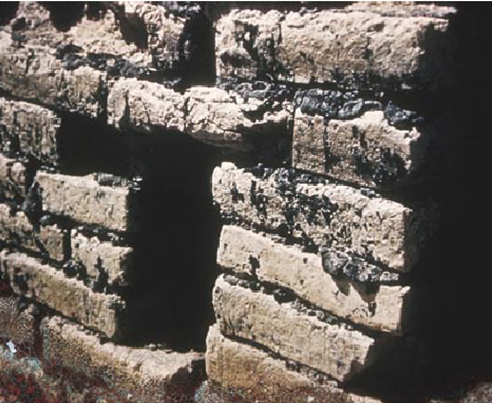
Fig. 4 Close up of the baked bricks and bitumen mortar of the ziggurat at Ur
“They used brick instead of stone, and tar for mortar” for the Tower of Bible (Gn 11:3).
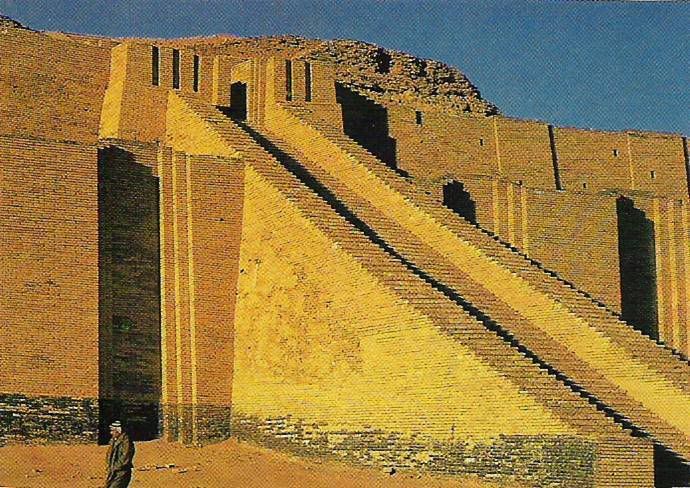
Fig. 5 The Ziggurat of Ur
CLOSE AND ANCIENT PARALLELS/THE CONFUSION OF TONGUES
The confusion of tongues is also spoken of in a Sumerian fragment initially published by S. N. Kramer which states:
“Enki... Changed the speech of their mouths/ (brought?) contention into it/ Into the speech of man that (until then) had been one.”
Another ancient cuneiform tablet reads,
“the erection of this tower highly offended the gods. In a night they [threw down] what man had built, and impeded their progress. They were scattered abroad, and their speech was strange.”
This is yet another of a host of examples which demonstrate the earliest chapters of the Bible have very close parallels with the ancient cuneiform literature of Mesopotamia; this was highly unexpected on the assumptions of the influential Documentary Hypothesis of the composition of Genesis in its original 19th century formulations, which stated the earliest portions of the pentateuch were not written before circa 1000 BC in Palestine. Why are there so many parallels with Mesopotamian culture, from a place and a different time so far removed from Israel, which had turned to dust thousands of years prior to the time Israel became a nation? It is for reasons such as this that the original Documentary Theory had to be modified, and modified, and modified again. The Bible was far more accurate in its depiction of ancient times than had been suspected in the pre-archeological heyday of unrestrained literary theory.

Fig. 6 Ancient Sumer: The Origin of Writing
OF HUMAN TONGUES AND THE CONFUSION OF TONGUES
Origin of Writing/ Earliest Written Texts date to Sumeria, the earliest civilization (c. 3500-2340 BC; Sumer is also the first civilization mentioned in the Bible (Gen 11:1-9). Several hundred thousand of such tablets as the one depicted above have been recovered. This first system of writing is known as cuneiform (lit. “wedge-shaped”) after the pictographic wedge shaped impressions which were made on clay which was subsequently sun-dried. Because the clay tablets were so durable, we have an astonishing amount of information about the earliest writing cultures. The earliest texts were highly pictographic, and later became more stylized and simplified. The first ziggurats were built by the Sumerians, who built some of the largest brick buildings in the world; the ziggurat was the centerpiece of all their cities. The priesthoods owned most land and livestock, and probably were political theocratic rulers of the city as well, as agents of their gods. Their main cities included Eridu, Ur, Uruk, Umma, and Lagash, which were independent city-states, frequently at war with one another. They were conquered by Sargon of Akkad in 2340 BC who unified all Mesopotamia under his rule. Babel, literally “confusion” (of tongues). Writing develops first from Mesopotamia and subsequently to all other areas. (cf. Kramer, Samuel Noah, History Begins at Sumer (3rd Edition, 1989); The Sumerians: Their History, Culture and Character, by Samuel Noah Kramer, 1971; Crawford, Harriet, Sumer and Sumerians (1991); H.W.F. Saggs, Babylonians (1999; covering the Ubaid period and the Sumerians to 500 BC) and Crowe, Ivan, The Quest for Food (2000).
THE SUMERIAN PROBLEM: WHEN ARCHAEOLOGISTS AND PHILOLOGISTS DISAGREE
Material culture shows a strong continuity between the earliest ancient Near Eastern cultures. Philologists, however, perceive a strong discontinuity in the language to such an extent that they claim only an infiltration or invasion suffices to explain irrespective of the complete lack of physical evidence for such an event (this conflict between archaeologists and philologists is known in the literature as "the Sumerian problem"). These respective positions appear quite irreconcilable, but the Biblical story itself suggests a possible resolution which accepts and explains all of the philological and archaeological data.
1. Archaeological evidence: The first major group of settlers in the region, the ancestors of the Ubaid people, exhibits physical/material /cultural continuity with later inhabitants of the valley. The material remains suggest the Ubaid people, the Uruk people, the Proto-Literate Jemdat Nasr Culture, and the Sumerians were the same people. Archaeologist see in this cultural continuity a disconfirmation of the idea of a great invasion by a new people. There are no changes in material culture that cannot be explained as normal technological development. To the archaeologist, the earliest major inhabitants of southern Mesopotamia were the Sumerians, even if they were unable to tell us who they were during the earlier period.
2. Linguistic evidence: E.A. Speiser and B. Landsberger, who insisted that the names of rivers, indigenous plants and animals, and some cities are non-Sumerian words unrelated to any known language. Landsberger demonstrated this is particularly true of words pertaining to agriculture suggesting basic farming vocabulary and common farming techniques were invented by non-Sumerian people. This lead philologists to posit an invasion or at least an infiltration into Mesopotamia, which philologists date at the beginning of the Uruk period.
3. Both Biblical and Sumerian cuneiform accounts present a third alternative: a confounding of speech began within the context of a formerly unified culture and ultimately fractured it. This perspective allows both archaeological data (unity of culture) and philological data (disunity of language) to coexist. On the ancient view, both the archaeologists and the linguists are correct. Many left after the language first began to become confused (therefore material culture was continuous), yet a new language developed (which we refer to as Sumerian), therefore the philological data is also correct

Fig. 7 Ur-Nammu Ziggurat Dedication
"For his lady Inanna, Ur-Nammu, the mighty man, the king of Ur, the king of Sumer and Akkad, built her temple."
We must not forget that the Biblical view that the world/land (the Biblical word can be translated as either) had one tongue before a time of confusion is not unique to the Bible; it is multiply attested from independent sources as different as the Bible and Sumerian cuneiform literature. This suggests the Biblical view, which is also the Sumerian view, should perhaps be considered more seriously (Note: it is going beyond the evidence of both the Biblical and cuneiform texts to postulate that no language development whatsoever occurred before the confusion of tongues; the narratives only affirm that the whole land spoke one language at the time; this would have been an amazing cultural achievement quite beyond what we are capable of today).
SO THAT WE MIGHT MAKE A NAME FOR OURSELVES (Gen 11:4)
W. F. Albright suggested that the Hebrew word sem does not mean “name” but “an (inscribed) monument.” He says “It was, therefore, as a tremendous monument to its builders that the Tower of Babel was intended” (Albright, W. F., Yahweh and the Gods of Canaan, p.87). There is much to commend the view that one of the central foci of Mesopotamian ziggurat builders was that their memories be preserved for posterity in a fashion which emphasized their role in building these structures, which were not only physically central to their cities, but around which their entire lives seemed to be centered.
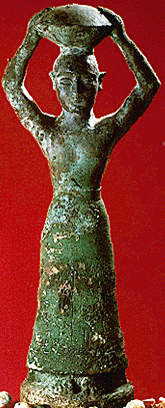
Fig. 8 Ur-Nammu, King and Lawgiver of Ur; Builder of the Ziggurat of Ur
Notice the bowl of clay on his head, for construction of the ziggurat.
“King Ur-Nammu rebuilt and enlarged one of the most important temples in ancient Mesopotamia - the E-kur of Enlil, the chief god of the pantheon. The figurine above, which was buried in a foundation box beneath one of the temple towers, represents the king at the start of the building project - carrying on his head a basket of clay from which would be made the critically important first brick. The foundation deposit also contained an inscribed stone tablet; beads of stone and gold; chips of various stones; and four ancient date pits found perched atop the basket carried by the king”
(http://oi.uchicago.edu/OI/MUS/HIGH/OIM_A30553_c_72dpi.html Oriental Institute of the University of Chicago)
Ur-Nammu's empire lasted about 100 years after which the cities of southern Mesopotamia fell under the control of others.
CONCLUSION
Civilization, culture, and language did, according to archaeology, indeed develop from the center of its origin, in Mesopotamia. Archaeology and even the earliest portions of the Bible tell the same story to a degree that is far greater than is commonly realized. The observations above only just begin to illustrate this fact.

Fig. 9 Remains of the Ziggurat of Eanna
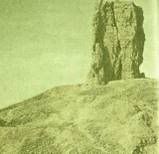
Fig. 10 Massive Ancient Tower Near Babylon
One of the most famous ziggurats was in Babylon. It was dedicated to Marduk, the god of the city, and was called Etemenanki meaning "House platform of Heaven and Earth." The ruins of this massive crumbling tower are near the site of ancient Babylon in Iraq. Some scholars assume this was the tower of Babel. The remaining tower may have been built on a previous structure “Each ziggurat was dedicated to the city's most important god or goddess. For example the ziggurat at Ur was the home of the moon god Nanna, while Enki, the god of wisdom and fresh water, lived at Eridu. Temples in Mesopotamia were given names. The ziggurat at Eridu was called Eunir which means 'House Temple-Tower' while at Nippur the ziggurat was known as Eduranki, which means 'House binding Heaven and Earth.’”
Ziggurats: www.mesopotamia.co.uk/ziggurats/story/sto_set.html
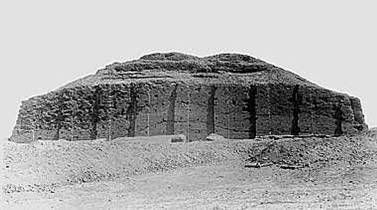
Fig. 11 Ziggurat at Ur Before Restoration
In the 1960's and 1970's, the first stage of the ziggurat was reconstructed by the Iraqi Department of Antiquities. The manner of restoration was carefully guided by the principle excavators.
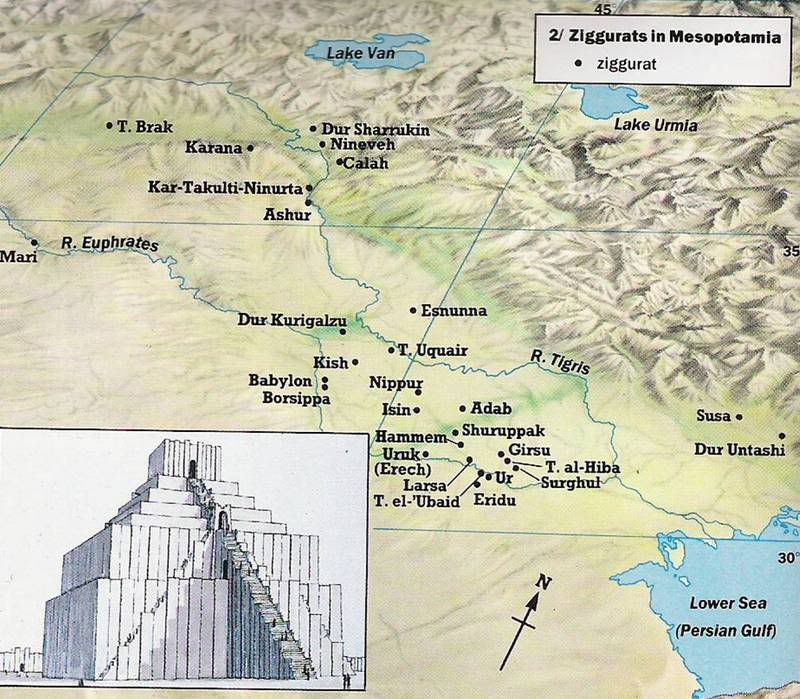
Fig. 12 Ziggurat Locations in the Ancient Near East
The earliest ziggurat discovered to date is at Erech (cf. Gen 10:9-10: Genesis 10:9-10 "He [Nimrod] ]was a mighty hunter before the LORD... And the beginning of his kingdom was Babel and Erech and Accad and Calneh, in the land of Shinar").
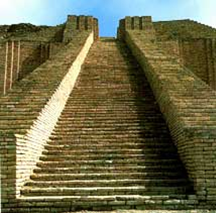
Fig. 13 Ascent to the Ziggurat of Ur
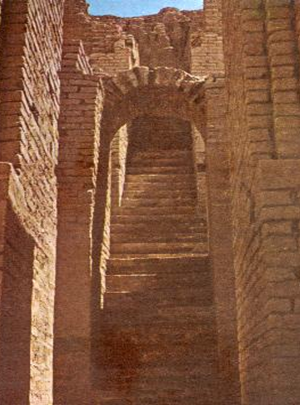
Fig. 14 The "House binding Heaven and Earth" at Nippur

No comments:
Post a Comment